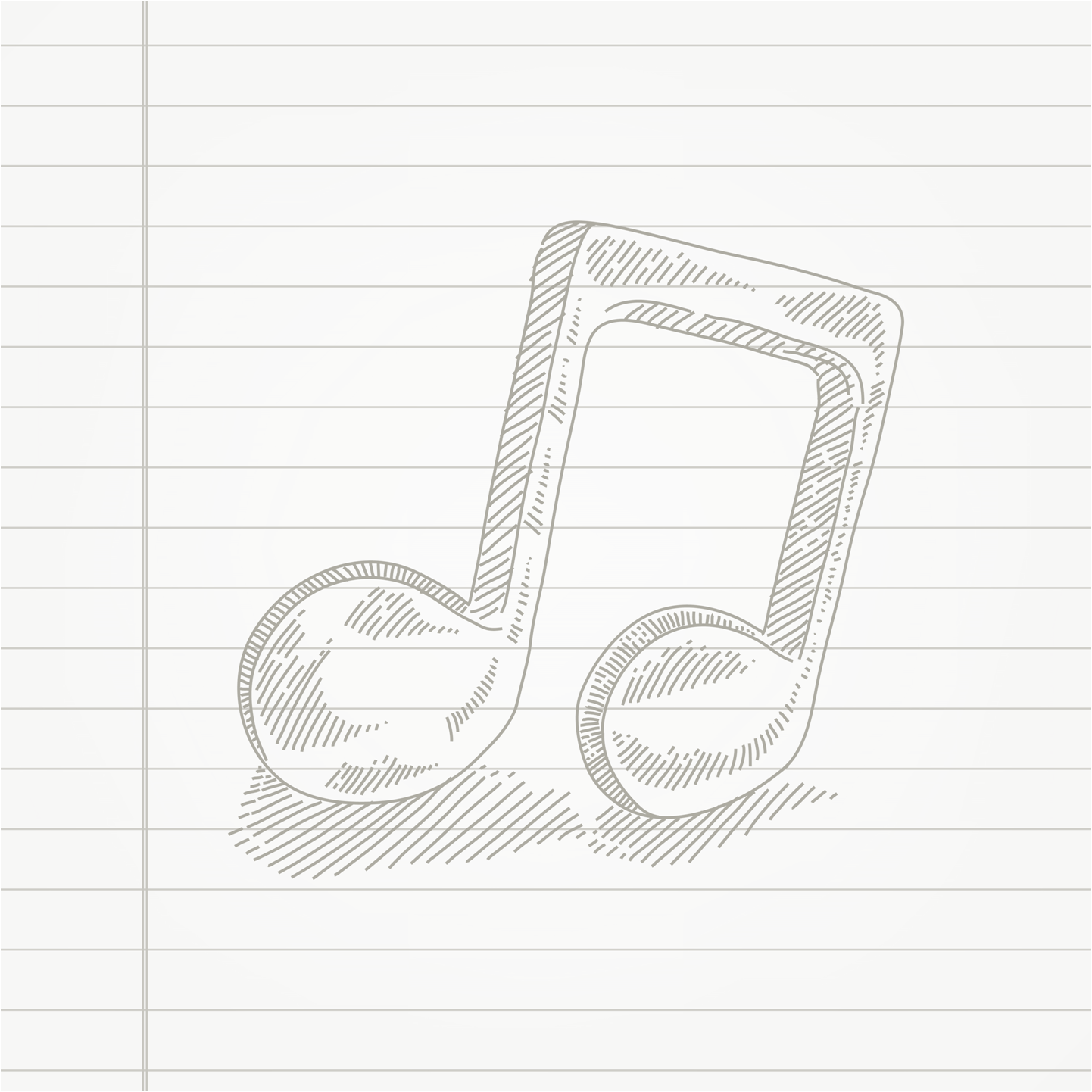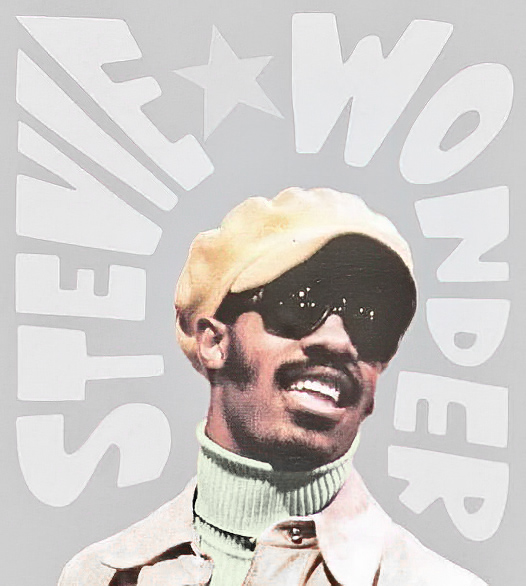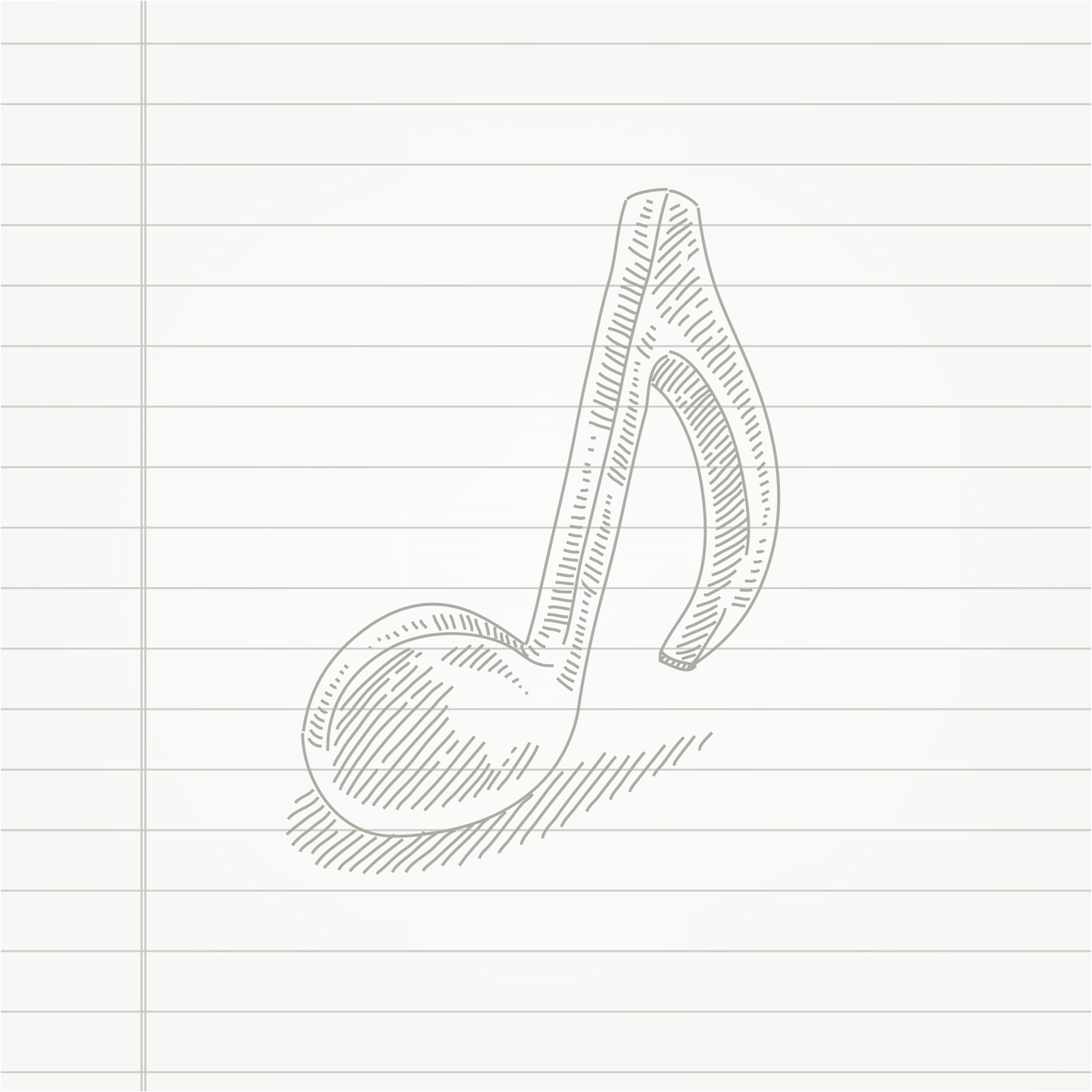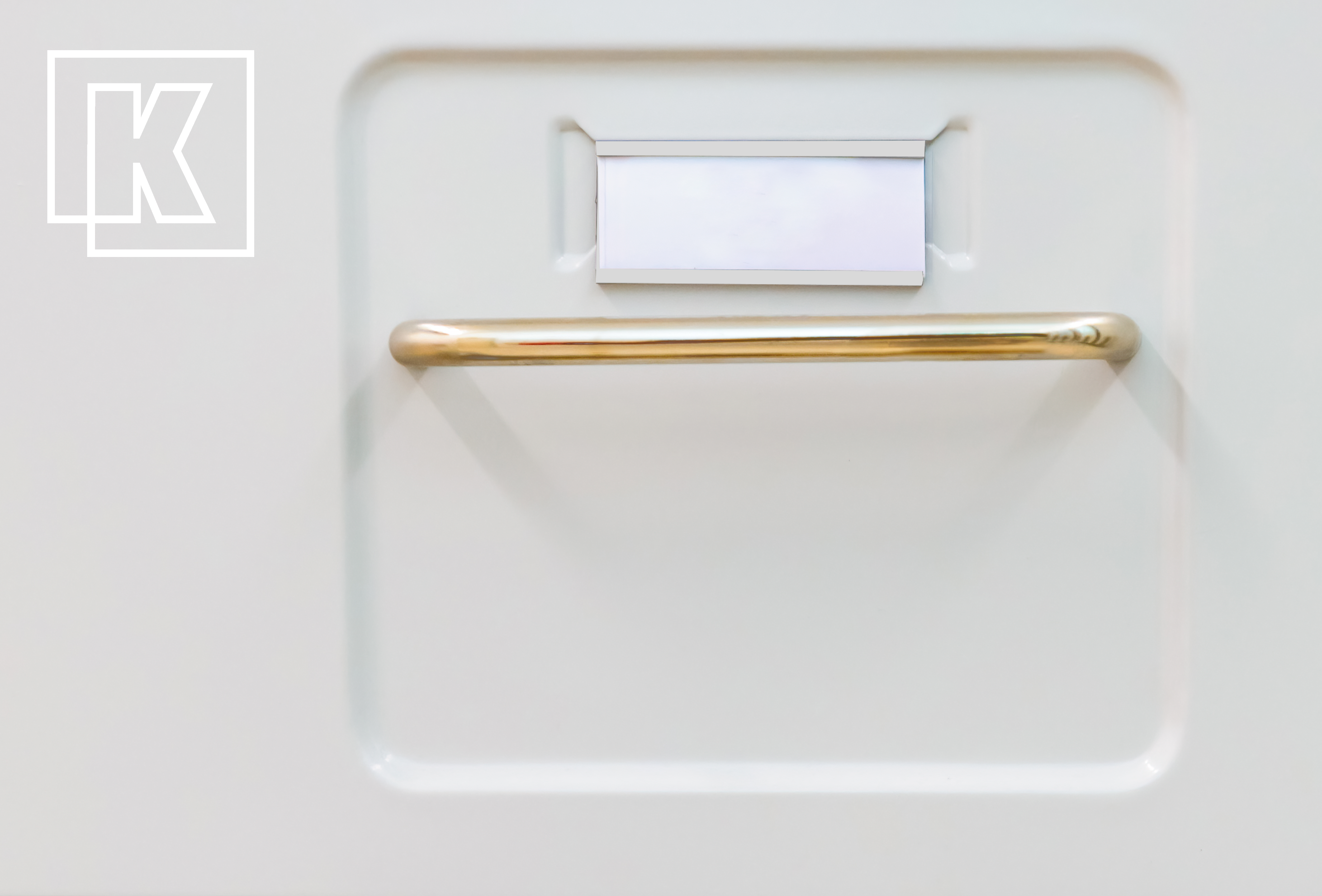feature storyfrom | CNBCby | NBC Universal2016Why Stevie Wonder had to meet this inventor.
January 1, 2025

label ::
broadcast: CNBC
section: Make It
story: Why Stevie Wonder had to meet this inventor.
date: April 2016
read :: feature story
presented by
company: NBC Universal
web: home ~ channel ~ brands
banner: One of the world’s leading media + entertainment companies.
broadcast: CNBC
web: home ~ channel ~ brands
banner: t
view :: card
companion video ::
How 4 innovators made history.
part 1 :: Ray Kurzweil
part 2 ::
part 3 ::
part 4 ::
watch :: companion video
feature story ::
An introduction.
In 1982 computer scientist and inventor Ray Kurzweil met with music legend Stevie Wonder. Together, Kurzweil and Wonder had an idea that would change music forever.
How Stevie Wonder + Ray Kurzweil made history.
In 1976 Stevie Wonder saw a segment on the NBC Today television show featuring a blind man — like himself — demonstrating a machine that Wonder immediately knew he needed to have. The machine was able to read text on a page and speak the words out-loud. It had been made to work specifically for blind people.
The inventor + the musician.
The device was the Kurzweil Reading Machine, named for its inventor Ray Kurzweil. So the blind singer contacted Kurzweil’s company. After a quick demo he became the company’s first official customer. So began a long friendship between the inventor and the musician. The two would eventually collaborate to produce a ground-breaking musical instrument that uses the computer software technique — called artificial intelligence — to create sounds.
Some form of artificial intelligence (AI) has been at the foundation of all Kurzweil’s inventions. He spent his career building tech that can learn + think in the ways humans do.
Building machines with artificial intelligence.
One of the unique human capabilities is the ability to recognize patterns — this is still something humans do better than machines. And it’s crucial to many of the tasks only humans can do.
Building machines that learn patterns can — in Kurzweil’s mind — create inventions that augment human intelligence and help us overcome challenges like disabilities. This conviction led him to invent the reading machine that captivated Stevie Wonder.
Luminaries in science + tech like Elon Musk and Stephen Hawking PhD have publicly warned of the challenges and threats humanity faces from artificial intelligence. But Kurzweil says AI — in some form or another — is already all around us, and it has made us wealthier and more productive.
quote ::
name: by Ray Kurzweil
bio: A pioneering inventor, best-selling author, and futurist.
What’s exciting for an inventor is that leap from formulas on a blackboard to actually changing people’s lives. AI — artificial intelligence — machines doing tasks that used to require human intelligence, is deeply integrated into our infrastructure.
Intelligent algorithms fly + land airplanes, guide weapons systems, make billions of dollars of financial decisions. Machines will achieve the full range of human intelligence by 2030, but it won’t be an alien invasion that competes with us.
It really is amplifying our own civilization. And we’re going to enhance our own intellectual capabilities by merging with this tech.
— Ray Kurzweil
Engineering for the real world.
His own work in the field grew out of a desire to use machine learning to solve real world problems. The Kurzweil Reading Machine — announced to the public in January 1976 — had that ability.
After the first prototype was developed in 1975, Kurzweil approached the National Federation for the Blind about the possibility of working together.
The machine made use of new technologies — many he developed himself. For example: computers had previously been bad at reading text. Software at the time he was building the Kurzweil Reading Machine could only read text in certain types of fonts — not nearly as many as appear in books.
quote ::
name: by Ray Kurzweil
bio: A pioneering inventor, best-selling author, and futurist.
So the National Federation of the Blind provided 7 blind engineers, who collaborated with me to create a product that was optimal for use by blind + low-vision people.
— Ray Kurzweil
image :: below
An art poster of music legend Stevie Wonder.


The beginning of a new chapter.
When the product was unveiled it created a media stir — journalist Walter Cronkite used the machine to read his signature sign-off at the end of one of his new broadcasts.
It also turned Ray Kurzweil and musician Stevie Wonder into friends + collaborators. In 1982 Stevie Wonder was giving Kurzweil a tour of his new studio called Wonderland, and together they hatched the plan for Kurzweil’s next invention.
While showing Kurzweil around, Wonder complained there were 2 worlds of musical instruments:
first — 19th century acoustic instruments like the piano, guitar, violin were still the instruments of choice — but are difficult to play. He also said one musician could not play several instruments at once.
second — there was the world of computerized instruments that record what you play. So the musician can edit a multi-instrumental piece the way a user could edit a document on a word processor.
But computerized instruments could not replicate the beautiful sounds of acoustic instruments.
The best of both worlds.
Stevie Wonder challenged Ray Kurzweil to combine the 2 worlds of musical instruments:
- create a computerized instrument with the desired deep sounds of acoustic instruments.
- combined with the powerful controls of computerized instruments.
They co-founded a company.
Kurzweil again thought pattern recognition + machine learning could help. So he and Stevie Wonder formed a company called Kurzweil Music Systems — one of the companies Kurzweil founded for his inventions. Wonder was the musical advisor, he had extensive input on the project.
In 1984 the company released the Kurzweil 250 music synthesizer — considered the first computerized instrument that could realistically mimic the sound of a grand piano and other orchestral instruments.
The Kurzweil 250 music synthesizer doesn’t play-back recordings of instruments. When the original Kurzweil 250 was released, recording all of the 22,000 sounds a piano can make would have required about 10,000 different computer micro-chips. Instead the synthesizer uses a computer model to create piano sounds, violin sounds, human voices — and any other sound a musician wants to make.
What’s happened since.
He sold Kurzweil Music Systems to a Korean company called Young Chang in 1990, which is a division of Hyundai. Projects with the National Federation for the Blind continue. The original reading machine — that once was so big it took-up the back seat of a car — has shrunk to the size of a mobile app on a smart-phone.
Blind users can read almost any print they encounter outside. A user takes a picture of a sign and the app will read it. Since users are blind or low vision, the smart-phone app will tell them to “take a step back” or “move the camera to the right” to get the best picture.
Kurzweil now works as a director of engineering at Google — he heads a team trying to teach to computers to read + respond to human language.

music then + now ::
With synthesizers musicians craft an endless variety of sounds.
album: Talking Book
track: Superstition
music artist: by Stevie Wonder
year: 1972
listen :: Superstition — original version
listen :: Superstition — the modern re-mixes
learn more ::
card :: Stevie Wonder
card :: the National Federation of the Blind
card :: Kurzweil Music

notes
co. = company
natl. = national
AI = artificial intelligence
NBC = the National Broadcasting co.
NFB = the National Federation of the Blind
PhD = doctorate